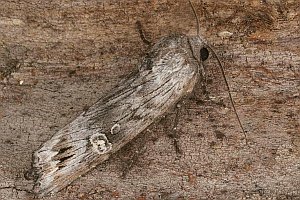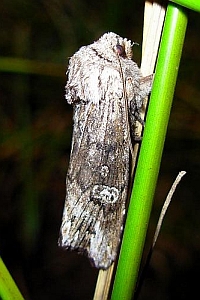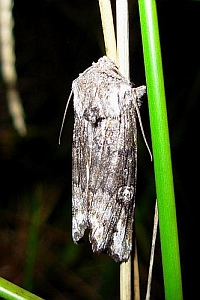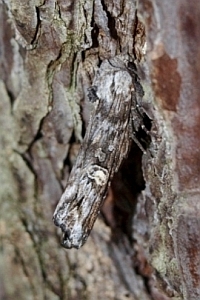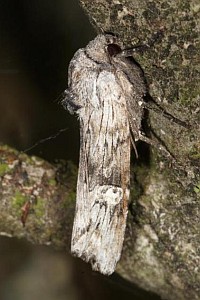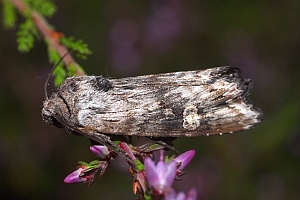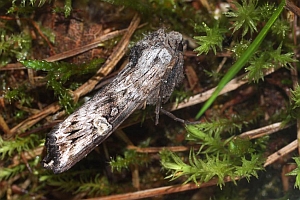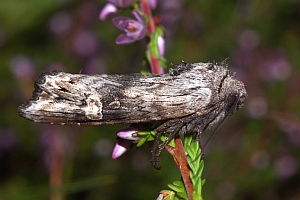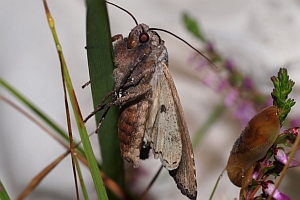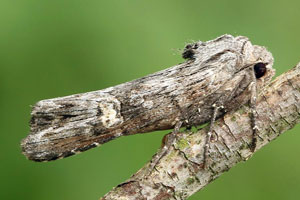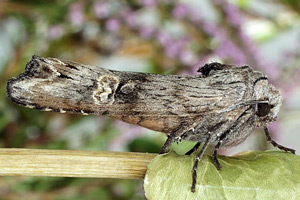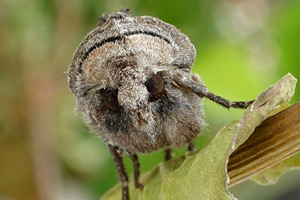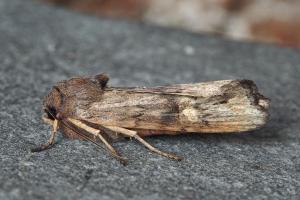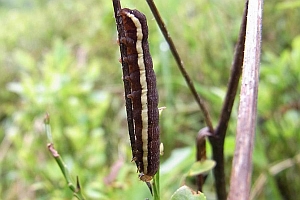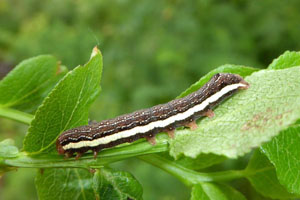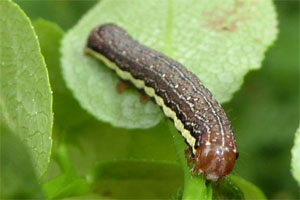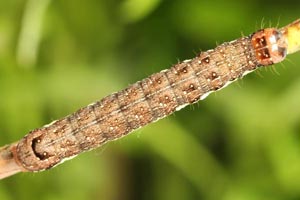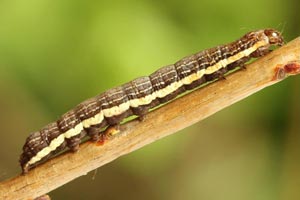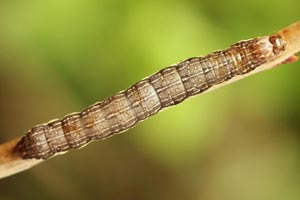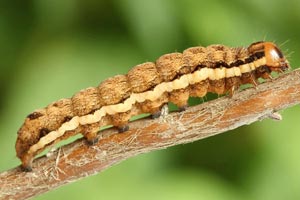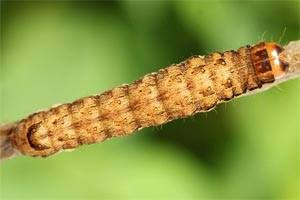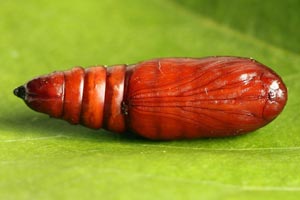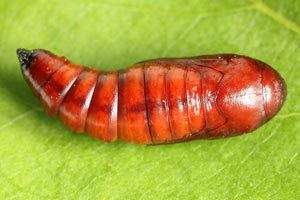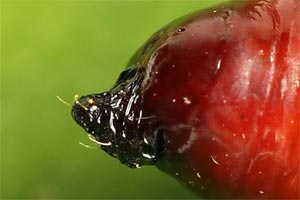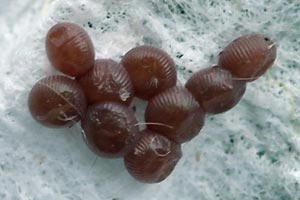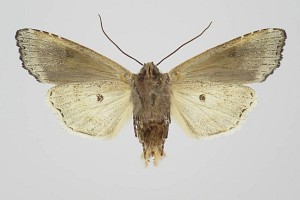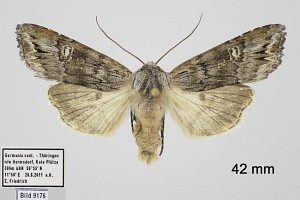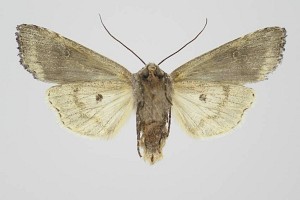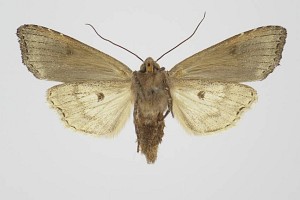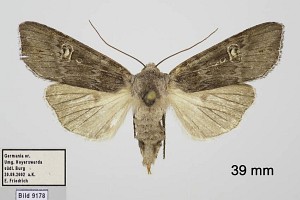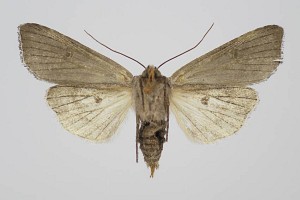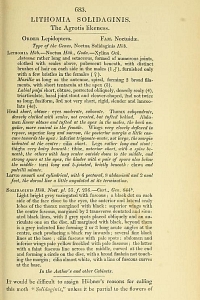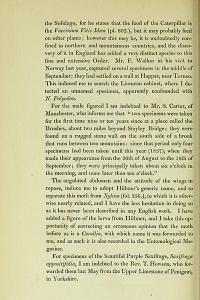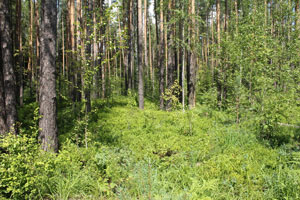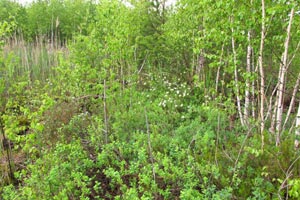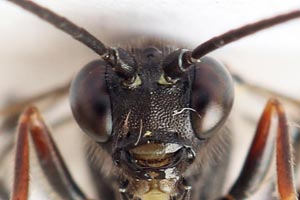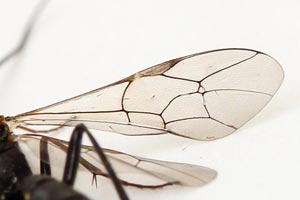Länder:

 +26Kontinente:EU
+26Kontinente:EU


 +26Kontinente:EU
+26Kontinente:EUNeues Layout der Navigation (Beta Test)
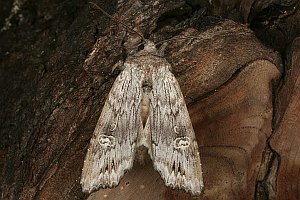
Falter
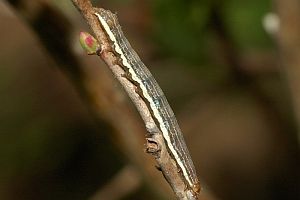
Raupe
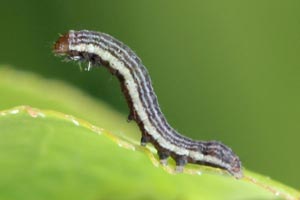
Jüngere Raupenstadien
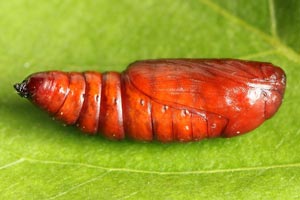
Puppe
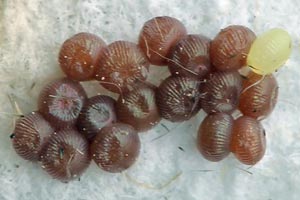
Ei
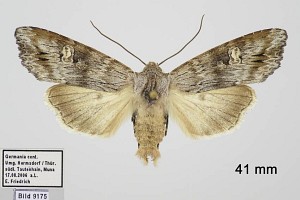
Männchen
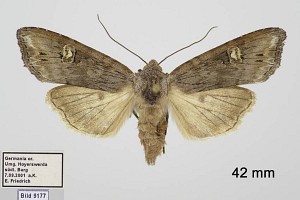
Weibchen
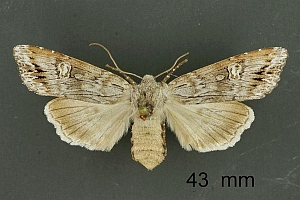
Geschlecht nicht bestimmt

Erstbeschreibung
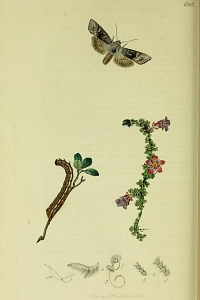
Beschreibung von John Curtis als Lithomia solidaginis
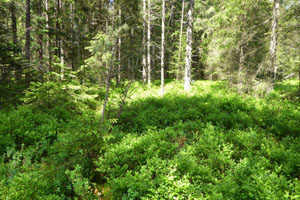
Habitat
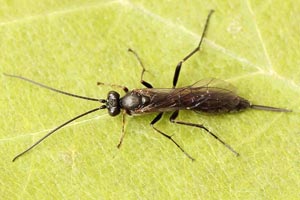
Parasitoide
LebendfotosDiagnoseBiologieWeitere InformationenEtymologie (Namenserklärung)Andere KombinationenSynonymePublikationsjahr der ErstbeschreibungLiteratur
1. Lebendfotos
1.1. Falter
1-2: Deutschland, Baden-Württemberg, Freudenstadt-Kniebis (Zollstockhütte), ca. 955 m, 5. September 2006 (Studiofotos: Dietmar Laux), det. Axel SteinerForum
3-4: Schweiz, Bern, Gurnigel, 1600 m, am Licht, 3. Oktober 2010 (Foto: Max Reinmann), det. Armin HemmersbachForum
5: Deutschland, Sachsen-Anhalt, Altmark, zwischen Letzlingen und Gardelegen, ca. 130 m, am Tage im lichten Kiefernaltholz mit hohen Heidelbeerteppichen, 7. September 2011 (det. & fot.: Bernd-Otto Bennedsen)Forum
6-7: Deutschland, Nordrhein-Westfalen, Hohes Venn, 554 m, 28. August 2013, am Licht und Köder (det. & Fotos: Bernhard Theißen)Forum
8-11: Deutschland, Bayern, Bayerischer Wald, Wegscheider Hochfläche, ca. 800 m, 13. August 2011, am Licht (det. & fot.: Rudi Ritt), conf. Uwe GeulenForum
12: Russland, Moskau Region, Shatursky Bereich, Tugolese Ebene, 3. August 2016, am Licht (det. & Foto: Andrey Ponomarev)Forum
13-14: Deutschland, Sachsen, Umgebung Zeißholz, 144 m, 30. August 2017, am Licht (leg., det. & Foto: Friedmar Graf)Forum
15: möglicherweise genetisch fixierte, braune Individualform: Deutschland, Niedersachsen, Landkreis Lüneburg, westl. Soderstorf, ca. 60 m, in kleiner verwilderter Heide mit moorigen Bereichen, am Licht, 24. August 2018 (det. & Foto: Frank Stühmer), conf. Daniel Bartsch & Axel Steiner [weitere Fotos im Forum]
1.2. Raupe
1: Polen, Podkarpacie, Puszcza Solska, (Sol Forests), Huta Rozaniecka, auf Vaccinium uliginosum, 13. Mai 2007 (Foto: Jarosław Bury), det. Thomas FähnrichForum
2: Österreich, Kärnten, Seitental des Lesachtales, ca. 1500 m, 23. Juni 2012 (fot.: Dietmar Borbe (von Armin Dahl bearbeitet)), det. Thomas Fähnrich, conf. Dieter FritschForum
3-4: Deutschland, Baden-Württemberg, Hinterzarten, halbschattiger Moorwald, 890 m, an Heidelbeere (Vaccinium myrtillus), 10. Juni 2016 (leg., det. & fot. Florian Nantscheff), conf. Dieter FritschForum
5-7: Russland, Moskau Region, Shatursky Bereich, Tugolese Ebene, Raupe leg. auf Vaccinium myrtillus 20. Mai 2017, Fotos 17. Juni 2017 (leg., cult., det. & fot.: Andrey Ponomarev)Forum
8-9: Russland, Oblast Moskau, Bezirk Orechowo-Sujewo, Dorf Topolinyy, 118 m, auf Vaccinium uliginosum, 5. Juni 2017 (leg., cult., det. & fot.: Andrey Ponomarev)Forum
10-11: Russland, Oblast Moskau, Bezirk Orechowo-Sujewo, Dorf Topolinyy, 118 m, auf Vaccinium uliginosum, leg. 5. Juni 2017, Fotos 25. Juni 2017 (leg., cult., det. & fot.: Andrey Ponomarev)Forum
1.3. Jüngere Raupenstadien
1: Russland, Moskau Region, Shatursky Bereich, Tugolese Ebene, Raupe auf Vaccinium myrtillus, 20. Mai 2017 (leg., cult., det. & fot.: Andrey Ponomarev)Forum
1.4. Puppe
1-4: Russland, Oblast Moskau, Bezirk Orechowo-Sujewo, Dorf Topolinyy, 118 m, Raupe leg. auf Vaccinium uliginosum 5. Juni 2017, Fotos 20. Juli 2017(leg., cult., det. & fot.: Andrey Ponomarev)Forum
1.5. Ei
1-2: Russland, Oblast Moskau, Bezirk Orechowo-Sujewo, Dorf Topolinyy, 118 m, ♀ am Licht 24. August 2016, Fotos 4. September 2016 (leg., cult., det. & fot.: Andrey Ponomarev)Forum
2. Diagnose
2.1. Männchen
2.2. Weibchen
2.3. Geschlecht nicht bestimmt
1: Deutschland, Sachsen, Commerau bei Klix, lichter Kiefernwald, ca. 138 m, 1. September 1988, Köderfang (leg., det. & Foto: Friedmar Graf)Forum
2.4. Erstbeschreibung
1-2: Hübner ([1803]: pl. 53 fig. 256) [nach Copyright-freiem Scan auf www.biodiversitylibrary.org]
2.5. Beschreibung von John Curtis als Lithomia solidaginis
1-3: Curtis (1823-1840) [nach Copyright-freien Scans auf www.biodiversitylibrary.org]
3. Biologie
3.1. Habitat
1: Deutschland, Baden-Württemberg, Südschwarzwald, halbschattiger Moorwald mit Heidelbeer-Unterwuchs (Vaccinium myrtillus), 890 m, 10. Juni 2016 (Foto: Florian Nantscheff)Forum
2: Russland, Moskau Region, Shatursky Bereich, Tugolese Ebene, 3. Juli 2016 (Foto: Andrey Ponomarev)Forum
3: Russland, Oblast Moskau, Bezirk Orechowo-Sujewo, Dorf Topolinyy, 118 m, 12. Juni 2017 (leg., cult., det. & fot.: Andrey Ponomarev)Forum
4: Deutschland, Brandenburg, Naturpark Schlaubetal, NSG „Trautzke Seen und Moore“, frischer Kiefernwaldbereich mit Heidelbeerfluren, 24. Juli 2016 (Foto: Michael Weidlich)
3.2. Parasitoide
1-3: Schlupfwespe, Exetastes spec.: Russland, Oblast Moskau, Bezirk Orechowo-Sujewo, Dorf Topolinyy, 118 m, Raupe auf Vaccinium uliginosum, 5. Juni 2017, Fotos 22. Januar 2018 (leg., cult., det. Raupe & fot.: Andrey Ponomarev), det. Parasitoid Andrey HumalaForum
4. Weitere Informationen
4.1. Etymologie (Namenserklärung)
„Solidago Goldrute, vermutete Nahrungspflanze der Raupe.“
4.2. Andere Kombinationen
- Noctua solidaginis Hübner, [1803] [Originalkombination]
- Lithomoia solidaginis (Hübner, [1803])
4.3. Synonyme
- Xylena pallida (Tutt, 1892)
- Lithomoia suffusa Tutt, 1902
4.4. Publikationsjahr der Erstbeschreibung
Hemming (1937: 254) grenzt den Zeitraum ein, innerhalb dessen die Tafel 53 publiziert wurde: 14. April 1800 bis Juli 1803. Nach dem ICZN ist das letztmögliche Datum, also der 31. Juli 1803, anzusetzen.
(Autor: Jürgen Rodeland)
4.5. Literatur
- Curtis, J. (1823-1840): British Entomology; Being Illustrations and Descriptions of the Genera of Insects Found in Great Britain and Ireland: Containing Coloured Figures from Nature of the Most Rare and Beautiful Species, and in Many Instances of the Plants upon which they are Found. Vol V. Lepidoptera, Part I. — [Not paginated]. London (E. Ellis & Co.).
- Hemming, F. (1937): A bibliographical and systematic account of the entomological works of Jacob Hübner and of the supplements thereto by Carl Geyer[,] Gottfried Franz von Frölich and Gottlieb August Wilhelm Herrich-Schäffer. Volume 1: i-xxxiv, 1-605. London (Royal Entomological Society of London).
- Erstbeschreibung: Hübner, J. [1800-1838]: Sammlung europäischer Schmetterlinge 4: pl. 1-185.


























